Overcrowding Led to a Tough Choice
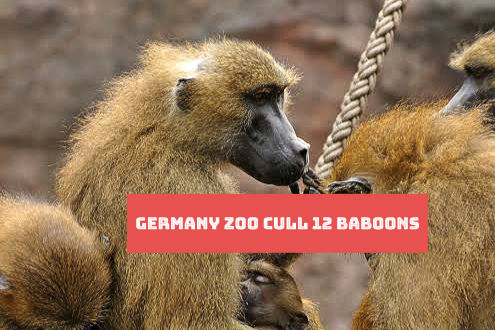
At the Tiergarten Nürnberg zoo in Germany, the baboon troop swelled to 43, far more than the enclosure designed for 25 could handle. This overcrowding sparked fears of escalating aggression and injuries within the group. For animal managers, this raised a serious dilemma: either find a way to reduce the population or risk harm among these social primates. The zoo announced the difficult decision to euthanize 12 healthy baboons to protect the overall troop’s welfare, highlighting a clash between animal needs and spatial limits.
Not Sick, Just Too Many
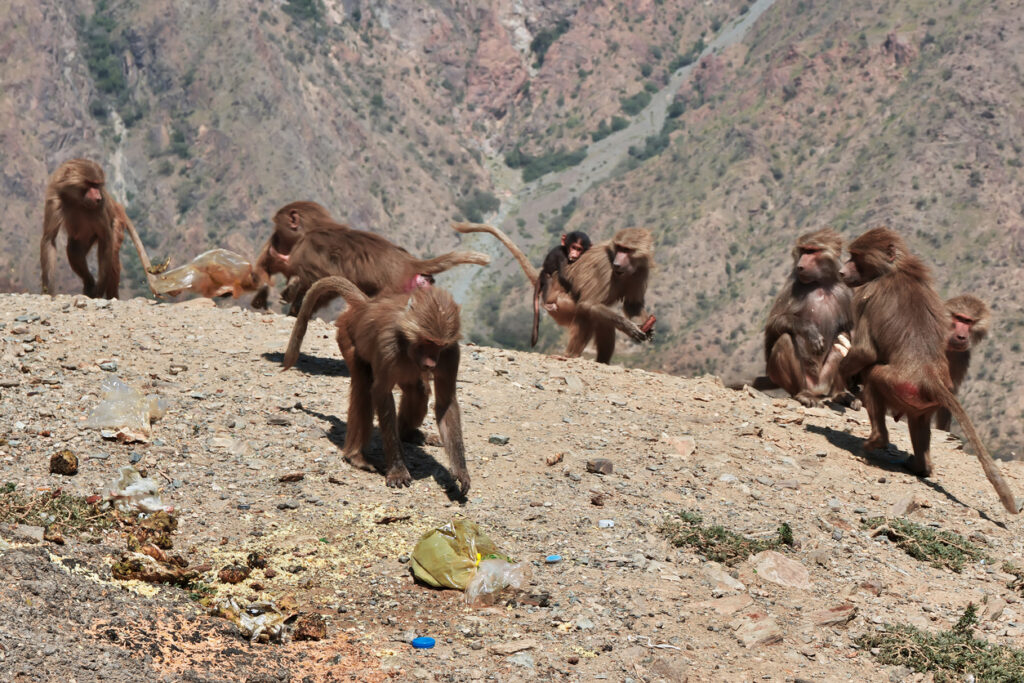
Importantly, the baboons that were euthanized were healthy, not ill or aggressive individuals posing danger to people. Their culling was a logistical move to manage population size rather than a response to disease or external threat. This distinction has fueled public anger, as many felt the animals’ lives were ended for reasons that seemed avoidable and purely administrative.
“We Tried Everything”, Says the Zoo Officials
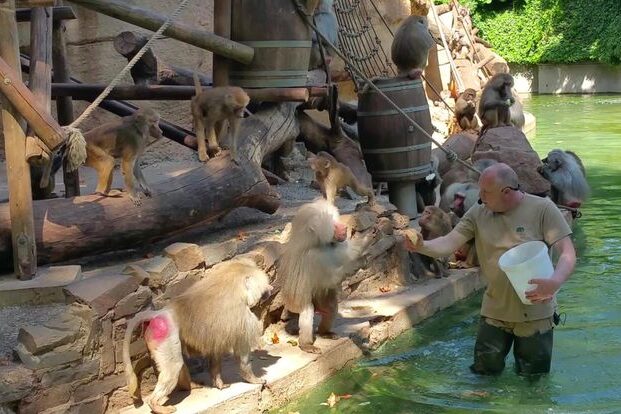
Zoo staff insist they explored all other options long before resorting to euthanasia. They attempted to relocate some baboons to other zoos in Paris, China, and Spain but found those facilities already full. They also tried contraceptive methods to control birth rates, but these failed to work effectively over time. According to the zoo, with no feasible alternatives left, culling was the last resort following European guidelines for zoo population management.
Yet, The Killing Sparked Intense Backlash
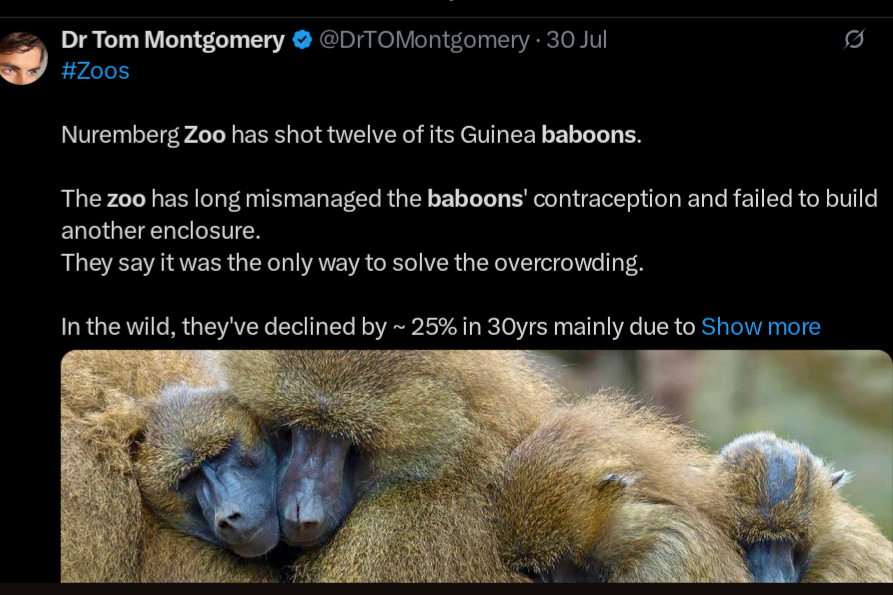
News of the cull spread quickly, stirring protests from animal rights groups and the public alike. Activists even broke into the zoo, while others like Dr Tom Montgomery took to social media to address the issue saying, “Nuremberg Zoo has shot twelve of its Guinea baboons. The zoo has long mismanaged the baboons’ contraception and failed to build another enclosure. They say it was the only way to solve the overcrowding. In the wild, they’ve declined by ~ 25% in 30yrs mainly due to habitat destruction and bushmeat.”
Online reactions ranged from sorrowful disbelief to resigned acceptance of a tough situation, reflecting how emotive and complex the issue has become. People’s feelings about the baboon cull are wide-ranging and deeply personal. Some express sorrow and frustration, saying things like, “Sad. Just hate this,” while others try to understand the difficult reality, sharing sentiments such as, “Makes sense, population control.”
Carcasses Were Put to Scientific and Feeding Use
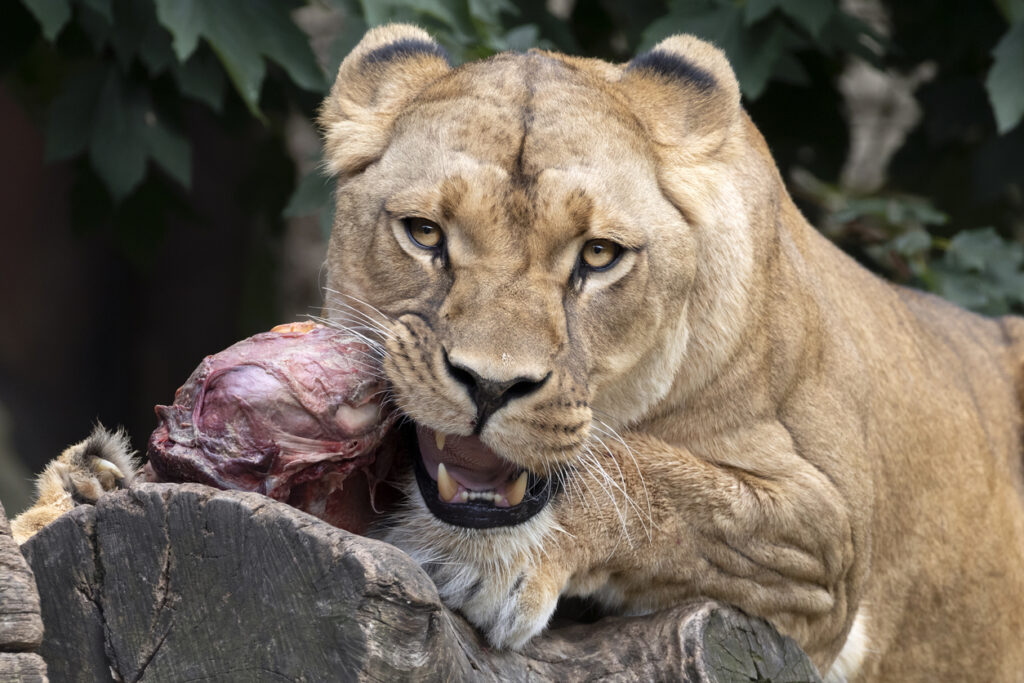
After the euthanasia, the zoo used the baboon remains productively by collecting tissue samples for research. Additionally, the carcasses were fed to the zoo’s carnivores such as lions and tigers, which some argue benefits those animals’ dental health. However, this pragmatic use did not soften the emotional blow for many observers, who found the act of feeding baboon remains to other animals unsettling, further intensifying the public debate.
But the Public Questions What More Could Have Been Done
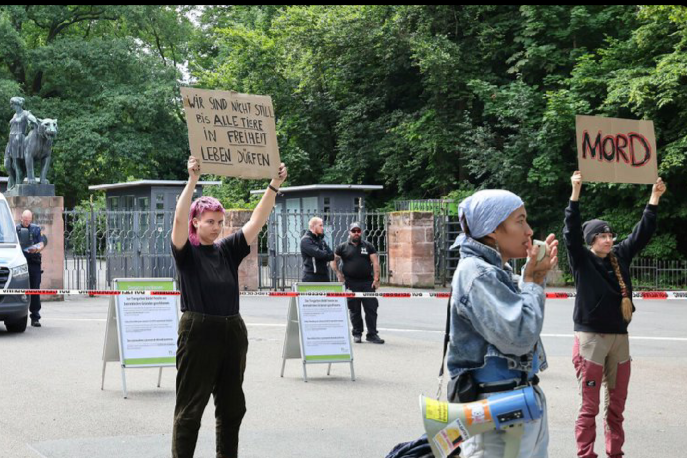
A common thread in the conversation amongst protesters is the public’s desire for transparency and alternative solutions. Many ask why sterilization methods weren’t fully prioritized or why transferring the baboons to an African reserve wasn’t explored more thoroughly. Comments like, “I don’t understand how there weren’t other choices,” underline how people want to see creative, humane approaches before resorting to euthanasia. This reflects a broader demand for ethical responsibility from animal care institutions and better communication about tough decisions.
Regardless, the Zoo Officials Stand By the Last-Resort Claim
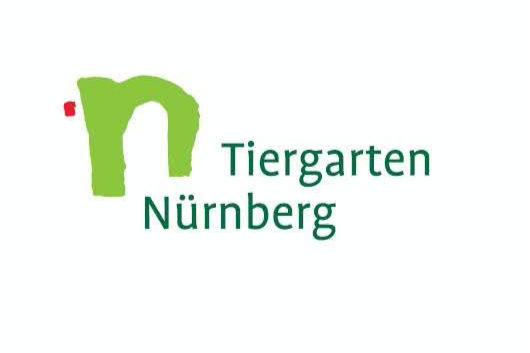
From the zoo’s perspective, the choice was made only after exhausting other options. They emphasize that selecting which baboons to euthanize was done carefully, focusing on age and social hierarchy to minimize disruption to the remaining troop. They also maintain that all actions aligned with European zoo guidelines designed to protect animal welfare and public safety, underscoring how such decisions are framed within protocols, even if controversial.
Another Broader Reflection on Captive Animal Welfare
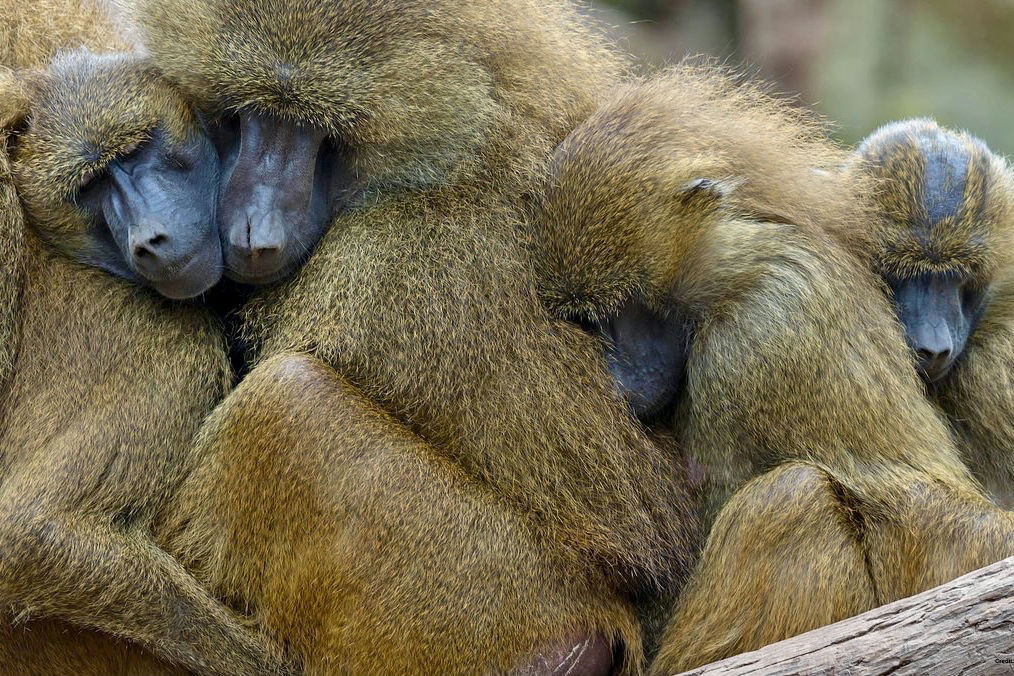
This incident has reopened important conversations about how zoos balance animal welfare, public safety, and limited resources. Overcrowding, population control, and ethical management remain ongoing challenges across many captive settings. While the shock of the baboon euthanasia won’t soon fade, it serves as a catalyst for examining how zoos can improve transparency, prioritize humane solutions, and build greater public trust moving forward.
This story 12 Healthy Baboons Killed at German Zoo, Here’s Why the Outrage Won’t Go Away was first published on Daily FETCH


